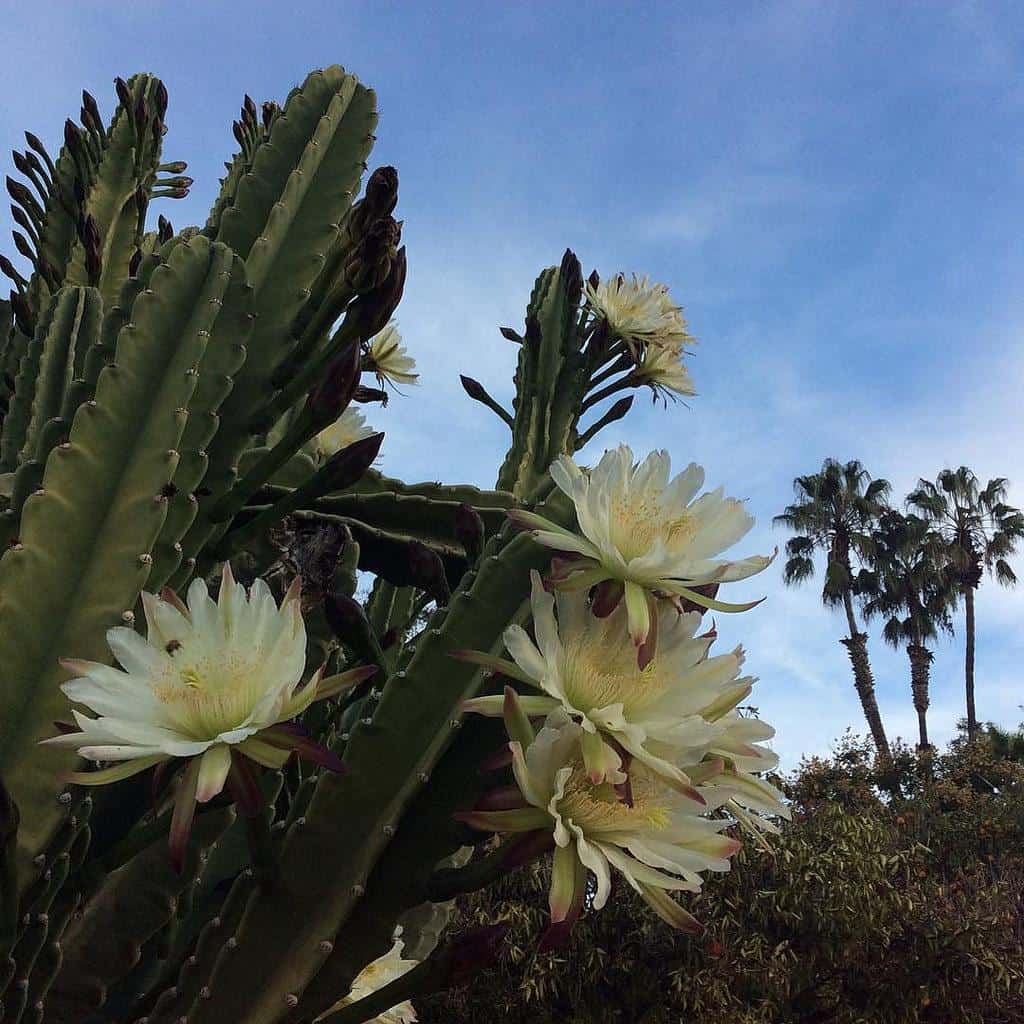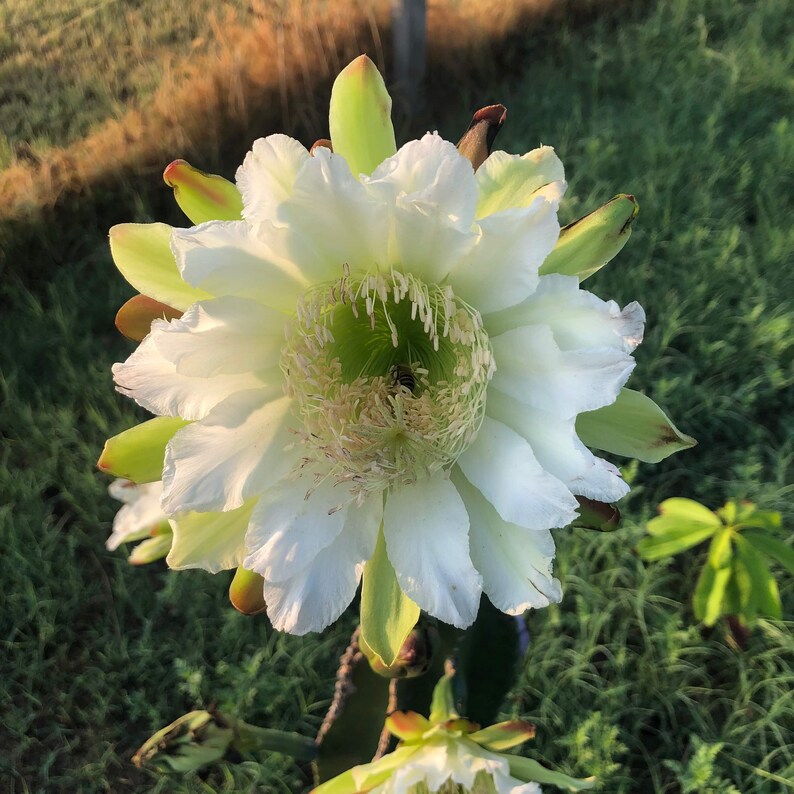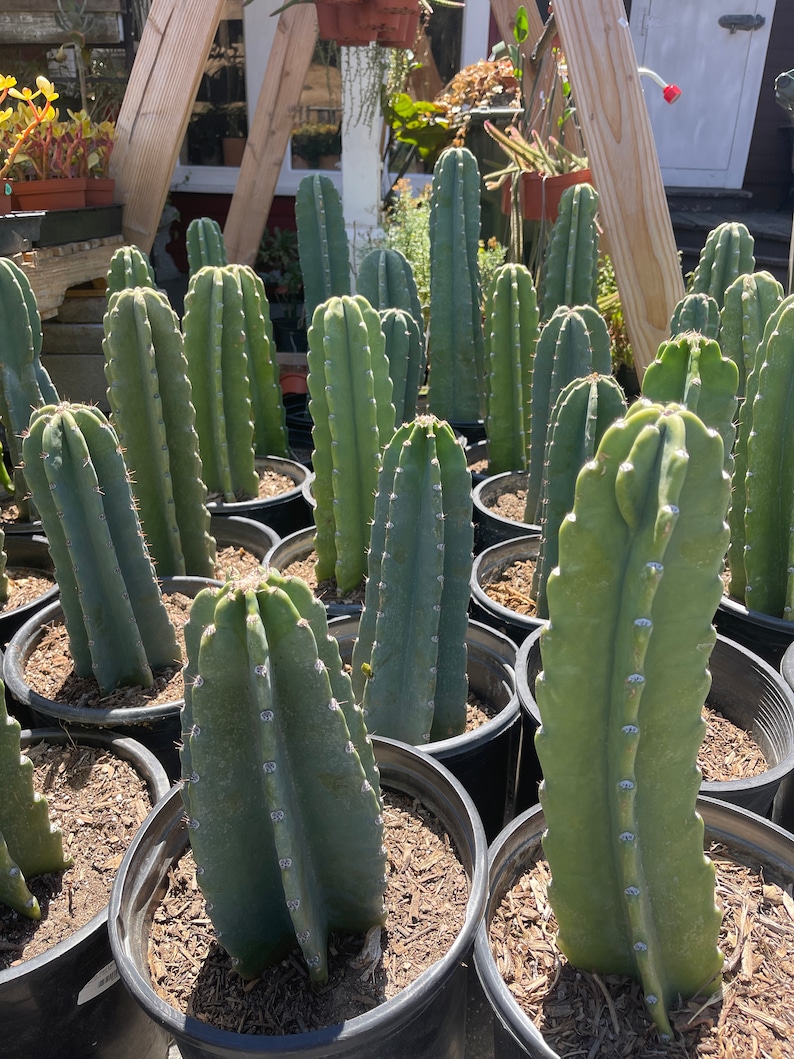

Our friends at noiseparty show how you can easily hand pollinate your Peruvian apple cactus. One night a year, flowering plants can be fertilized in the wild by nocturnal animals such as bats, or hand fertilized for more consistent results. This variety of cactus is not only grown for decorative purposes, but also for its delicious fruits, known as pitaya. Through the fall and winter, you should reduce the amount of water that you give your plant as it slows its growth cycle.īuy a Peruvian Apple Cactus on Amazon Producing Edible Cereus Fruits

You should water your plant as needed, but the cactus only requires irrigation every week or two. It stores excess water in its meaty stems to cope with the droughts it would commonly face if growing in the wild. IrrigationĪs a native to dry, desert habitats, the Peruvian apple cactus is adapted to live with limited access to water. If you keep your cactus indoors, you should follow a seasonal growth schedule and keep your plant at between 50 and 55℉ through the winter. During winter months, the plant slows its growth as temperatures cool. In the spring and summertime, the Peruvian apple cactus grows best at temperatures between 60 and 75℉.
#Peruvian apple cactus full#
In addition to full sunlight, this cactus also prefers a relatively warm climate.
#Peruvian apple cactus windows#
Greenhouses, conservatories, and rooms with plenty of windows are ideal for plants grown indoors. The Peruvian apple cactus grows best in full sunlight.
#Peruvian apple cactus how to#
The experts at Greenies Garden can show you how to propagate a Peruvian apple cactus cutting in detail. Simply remove the stem top of a mature plant, allow the cutting a week or two to dry, then plant in peat based compost. Many gardeners instead grow new cacti by propagating cuttings from old plants. To grow a new cactus you can plant seeds from a fruit harvest, but successfully germinating a Peruvian apple cactus from seed can be difficult for even the most experienced horticulturalists. As your plant starts to get taller, you should transfer it to a heavy based pot, as mature Peruvian apple cacti can become top-heavy and are prone to toppling. As the plant matures, though, you can start repotting just when you see that it has outgrown its old home. When your cactus is young, it will need repotting each year in the spring.

Many nurseries sell specialized cactus potting mixtures that offer an ideal environment for the root system of the Peruvian apple cactus. You should pot the plant in a fast draining medium to discourage the development of fungus or root rot.

As long as you provide it with the light, water, and nutrients that it needs, the cactus can thrive anywhere in your home. This plant is known for growing well in a pot. If you want to grow your Peruvian apple cactus indoors, you’re in luck. There are a few key concepts to keep in mind when raising a healthy and happy apple cactus. Get your own Peruvian Apple Cactus on Amazon Caring for Your Peruvian Apple CactusĬaring for a Peruvian apple cactus isn’t difficult, and it can be a rewarding experience for gardeners of any skill level. If fertilized during this short window of opportunity, flowers develop into fruits around wintertime. One night a year, the plant blooms with exotic sunburst flowers in shades of pink, yellow and bright white before closing at sunrise. The Peruvian apple cactus flowers in the summertime, and though its flowers are beautiful, they’re also short-lived. This plant grows quickly, at between two to four feet per year under optimal conditions. When grown indoors, the Peruvian apple cactus often requires pruning, as it can outgrow the constraints of a small room when left unchecked. It grows in tall, thorny columns that can reach heights of up to twenty feet when grown outdoors, earning itself nicknames such as the “giant club cactus” and the “hedge cactus.”Īs long as it has plenty of access to sunlight and water, this plant can grow just as well in an indoor setting as it can outdoors. Strangely, though, Cereus peruvianus is actually native to Brazil, Paraguay, Uruguay and Argentina. With a name like the Peruvian apple cactus, you would probably expect this plant to originate from the forests of Peru.


 0 kommentar(er)
0 kommentar(er)
